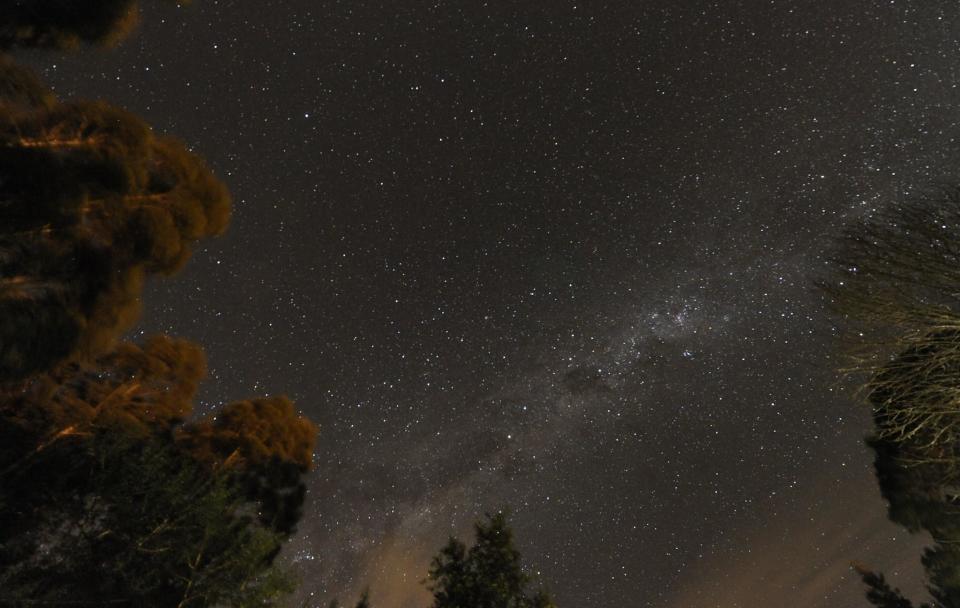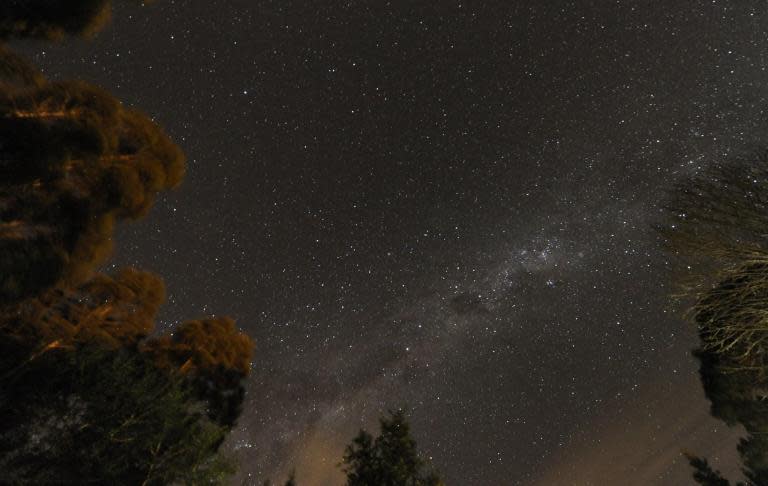Humans came from distant galaxies, along with everything else in the Milky Way
Humans are formed from matter that flew billions of miles from another galaxy, according to a new study.
Much of the stuff around us and spread throughout our Milky Way is made up of "extragalactic matter", according to the research.
The study used computer models to find out how the matter around us came to be acquired by our galaxy. It found that supernova explosions throw out huge amounts of matter from galaxies, spreading it throughout the universe as it is carried on powerful galactic winds.
That means that the same matter that we're made out of probably began its life in a long distant time and far, far away, before being carried through the universe.
"Given how much of the matter out of which we formed may have come from other galaxies, we could consider ourselves space travelers or extragalactic immigrants," Daniel Anglés-Alcázar, a postdoctoral fellow in Northwestern's astrophysics center, said. "It is likely that much of the Milky Way's matter was in other galaxies before it was kicked out by a powerful wind, traveled across intergalactic space and eventually found its new home in the Milky Way."
Intergalactic transfer – this movement of matter between galaxies – is a newly identified phenomenon and could fundamentally change our understanding of how galaxies are formed.
"This study transforms our understanding of how galaxies formed from the Big Bang," said Faucher-Giguère, a co-author of the study.
"What this new mode implies is that up to one-half of the atoms around us – including in the solar system, on Earth and in each one of us – comes not from our own galaxy but from other galaxies, up to one million light years away."
Even though the matter spread through the universe at hundreds of kilometers per second, the distances that the matter had to travel meant that it still took billions of years.
The scientists conducted the work by simulating the movement of matter through the universe, relying on the equivalent of millions of hours of computing. They developed a detailed picture of the universe at its very beginning in the Big Bang – and them used computers to simulate their movement all the way up to the present day.
Those simulations showed that the matter moved from smaller galaxies into bigger ones, like our own Milky Way. That gas then forms stars and helps account for as much as 50 per cent of the matter in galaxies like ours.
At the very beginning of the universe, it was filled with a uniform gas and none of the stars or galaxies that we recognise – and live in – today. But with time slight disturbances pushed things together, an effect that sped up as gravity helped to pull things together and eventually settle into galaxies, all moving around one centre of mass.
"Our origins are much less local than we previously thought," said Faucher-Giguère, a CIERA member. "This study gives us a sense of how things around us are connected to distant objects in the sky."

 Yahoo News
Yahoo News 

